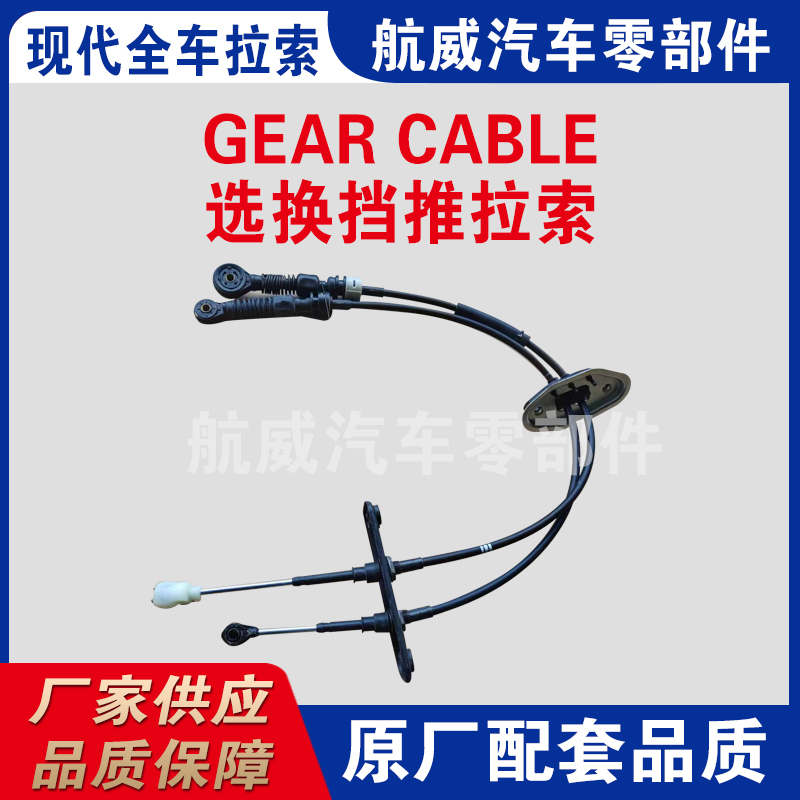hydraulic clutch hose
Understanding Hydraulic Clutch Hoses An Essential Component for Automotive Performance
In the realm of automotive engineering, the hydraulic clutch hose plays a critical role in enabling efficient gear shifting and overall vehicle performance. While often overlooked during routine maintenance checks, the hydraulic clutch hose is pivotal for the smooth operation of a vehicle's manual transmission system. This article aims to delve into the significance of hydraulic clutch hoses, their components, possible issues, and maintenance tips for vehicle owners.
What is a Hydraulic Clutch Hose?
A hydraulic clutch hose is a specialized fluid conduit that connects the clutch master cylinder to the slave cylinder. It is a crucial part of the hydraulic clutch system, which operates by using fluid pressure to disengage and engage the clutch. When the driver presses the clutch pedal, the master cylinder generates hydraulic pressure, which is transmitted through the hose to the slave cylinder. The slave cylinder then engages or disengages the clutch, allowing for smooth gear changes.
Importance of Hydraulic Clutch Hoses
1. Fluid Transmission The hydraulic clutch hose is designed to withstand high pressure and carry hydraulic fluid efficiently. This fluid transfer is pivotal for the quick and effective engagement and disengagement of the vehicle's clutch, which is essential for fast and accurate gear shifting.
2. Durability and Flexibility Made from high-quality rubber or synthetic materials, hydraulic clutch hoses are both durable and flexible. This allows them to endure the constant flexing and movement that occurs as the vehicle operates. Their resilience is necessary to maintain functionality over time, particularly under varying temperature and pressure conditions.
3. Safety A well-maintained hydraulic clutch hose contributes to the overall safety of the vehicle. If the hose develops a leak or bursts, it can lead to the clutch failing. In such situations, drivers can experience a loss of control over gear selection, which can be particularly dangerous in heavy traffic or at high speeds.
Common Issues with Hydraulic Clutch Hoses
While hydraulic clutch hoses are robust, they are not immune to wear and tear. Some common issues include
hydraulic clutch hose

1. Leaks Over time, exposure to heat and pressure can cause the hose to develop leaks. These leaks can lead to a loss of hydraulic fluid, resulting in a spongy clutch pedal or complete failure of the clutch system.
2. Cracking and Bulging Regular wear may lead to cracking or bulging of the hose. This can weaken the structural integrity of the hose and result in a catastrophic failure if not addressed promptly.
3. Air Bubbles Contaminants or air can seep into the system, resulting in air bubbles. This may lead to inconsistent clutch engagement, making it challenging to shift gears smoothly.
Maintenance Tips
To ensure optimal performance of the hydraulic clutch system and extend the lifespan of the hydraulic clutch hose, consider the following maintenance tips
1. Regular Inspections Routinely check the hydraulic clutch hose for any signs of wear, leaks, or damage. Early detection of issues can prevent costly repairs and enhance safety.
2. Fluid Replacement Ensure that the hydraulic fluid is replaced as per the vehicle manufacturer’s recommendations. The quality of the fluid directly affects the performance of the hydraulic system.
3. Professional Servicing If you encounter problems with your clutch pedal or gear shifting, having a professional mechanic inspect the hydraulic system is vital. They can diagnose issues accurately and recommend necessary repairs or replacements.
Conclusion
The hydraulic clutch hose may be a small component in the vast landscape of automotive machinery, but its importance cannot be understated. By understanding its function, recognizing the potential issues, and committing to regular maintenance, vehicle owners can ensure that their manual transmission systems operate smoothly and reliably. A well-functioning hydraulic clutch hose is key to an enjoyable driving experience and overall vehicle safety.
-
Upgrade Your Control with Premium Throttle CablesNewsAug.08,2025
-
Stay in Control with Premium Hand Brake CablesNewsAug.08,2025
-
Experience Unmatched Performance with Our Clutch HosesNewsAug.08,2025
-
Ensure Safety and Reliability with Premium Handbrake CablesNewsAug.08,2025
-
Enhance Your Vehicle with High-Performance Clutch LinesNewsAug.08,2025
-
Elevate Your Ride with Premium Gear CablesNewsAug.08,2025
